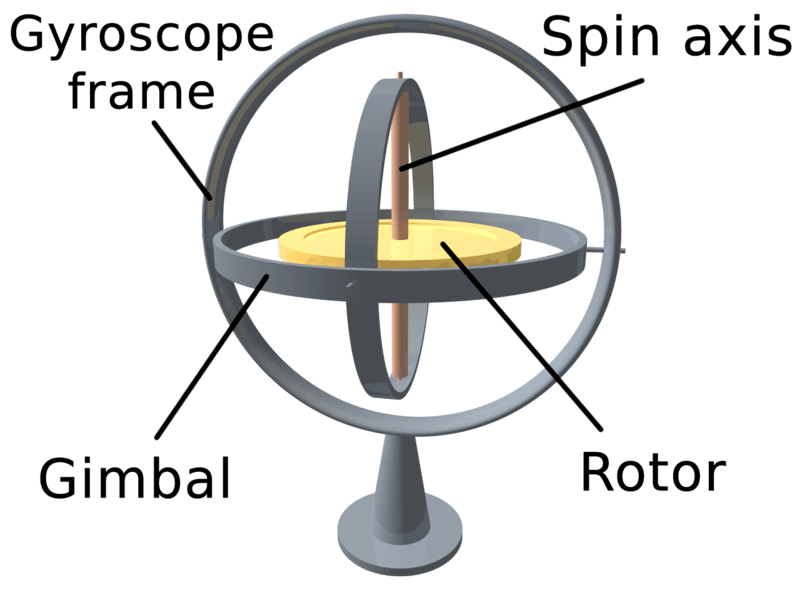You’ve heard of Murphy’s Law, “If anything can go wrong it will.” and with RC helicopters, nothing holds truer.
RC helicopters are complicated pieces of machinery and parts wear out, pieces break on hard landings, batteries go bad, the glue dries out, and so on – and if nothing’s done about it, it will inevitably lead to a crash… or worse.
I don’t know how many times I’ve seen a crash that could have been prevented with a quick pre-flight look over and using a preflight checklist is a great way to make sure nothing’s left out.
A pre-flight check can not only help prevent a crash, but it can also prevent bodily injury or even death in rare cases to the pilot or spectators. There’s a reason full-size heli pilots have one and are required by law to use it.
While the following preflight checklist is specific to RC helicopters, it can be easily adapted for radio-controlled airplanes as well.
All Models
1. Check all mission-critical nuts and bolts to make sure they’re on tight. Excessive vibration can cause them to back off or come loose, even if you’ve used thread lock.
2. Check the ball links for looseness or slop. They’ll wear out over time and if they’re not on tight (ie. move or have play), they can pop off during flight and cause a crash.
3. Inspect the wiring. Visually check the wiring for damage and ensure that there are no breaks or cuts and that the servo plugs are securely plugged into the receiver. If you have any servo wire extensions, make sure the connections are solid.
4. Test your radio/functions. If it’s your first flight of the day do a range check and make sure there’s no interference nearby and that the throttle/throttle hold functions are working properly. It would also be a good idea to quickly check your trims to be sure you haven’t bumped one out of position.
5. Check that everything’s working properly and moving as it should. Check the throw direction for all pushrods and servos and make sure the swashplate is moving as it should. It’s very easy to forget to change a radio setting back to normal when bench testing.
6. Check your tail belt tension (if your heli has one). A loose belt can cause slippage and loss of tail control. A belt that’s too tight will put unnecessary wear on your motor and other tail drive system parts potentially causing a problem. Squeeze it with your fingers to ensure it’s tight enough, but not too tight.
7. Make sure everything’s mounted securely. Make sure that all parts (gyro, batteries, ESC, BEC, governor, etc.) that are mounted with pads, Velcro, zip ties, or double-sided tape are attached securely. For example, gyro pads wear out over time and need replacement every so often. If your gyro falls off during a flight, you’re screwed so make sure it’s not going anywhere.
8. Check your batteries. Make sure your batteries are all fully charged and secured properly. If possible, test them with a voltmeter under load. Also visually inspect them for damage or potential causes of short circuits.
9. Inspect your blades and flybar. Visually check that they’re aligned properly and that they’re on securely. Move them a little to make sure the dampers aren’t broken or worn out.
Nitro/Gas Powered Models
10. Check the fuel lines for leaks or cracks. Fuel hoses can also come loose or come off altogether during flight, so check to make sure they’re snug. Also, make sure the clunk link is attached securely and working properly.
11. Check clutch, bell, and liner. Give it a quick visual inspection to make sure everything’s as it should be.
by Leo Calvino





